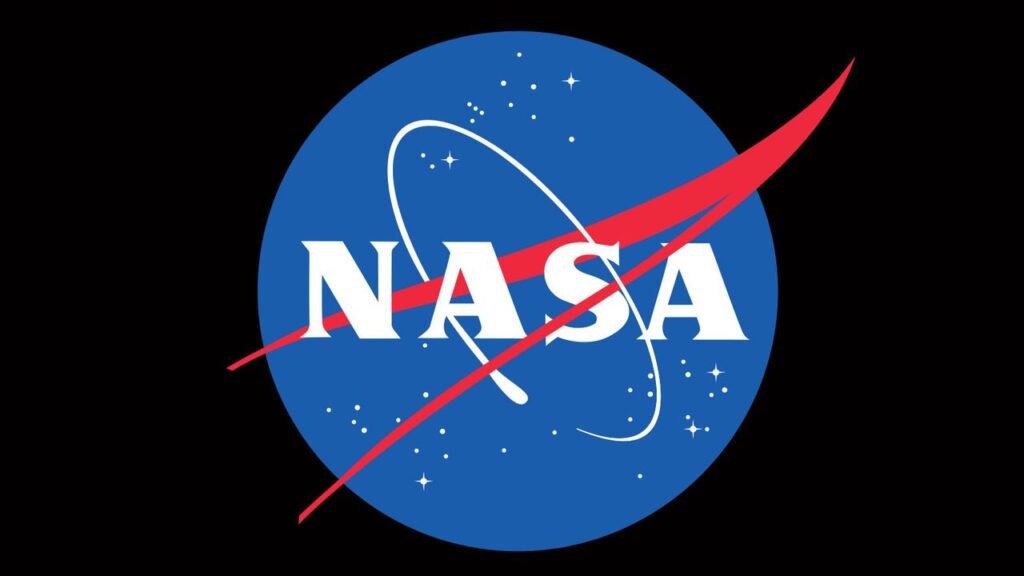
NASA is set to experience a significant reduction in its workforce, with nearly 4,000 employees opting for the Trump administration’s “deferred resignation” program. This decision will result in a decrease of more than 20% of the agency’s total staff. The figures were disclosed by Cheryl Warner, NASA’s News Chief, in an email sent to reporters on July 25, 2023.
The deferred resignation program (DRP) allows participants to take paid administrative leave until an agreed departure date. This initiative is part of broader efforts by the White House to diminish government spending. Employees had two opportunities to apply for the DRP, with the first application deadline in February resulting in around 870 employees, or 4.8% of the workforce, choosing to participate. In the second phase, which concluded just before midnight EDT on July 25, approximately 3,000 employees—representing 16.4% of the total workforce—also opted in. This latter group includes individuals who participated in two related programs: the Voluntary Early Retirement Authority and the Voluntary Separation Incentive Program.
Warner noted that the numbers may fluctuate in the coming weeks, as some employees might withdraw their resignations or have their applications rejected. Since the beginning of the Trump administration, NASA has also seen a loss of about 500 employees through standard attrition. By January 9, 2026, when the second phase participants leave, the agency’s workforce is expected to shrink to approximately 14,000 employees, marking a total reduction of around 21%.
Impact of Budget Cuts on NASA
These buyouts are part of a broader strategy by the administration to cut NASA’s budget significantly. In the proposed 2026 federal budget, President Trump suggested a 24% reduction in the agency’s overall funding, including a nearly 50% cut to its science budget. Such measures have raised alarm among scientists, engineers, and advocates for space exploration.
Protests have emerged in response to these proposed cuts. For instance, nearly 300 NASA scientists recently signed the “Voyager Declaration,” which warns that the budget reductions, if implemented, could have catastrophic consequences for American scientific endeavors and astronaut safety.
The situation at NASA reflects broader concerns about the future of space exploration and research in the United States. As the agency prepares for a substantial workforce reduction, the implications for ongoing projects and missions remain uncertain. The decisions made in the coming weeks will not only affect the agency’s employees but also shape the landscape of American space science in the years ahead.






